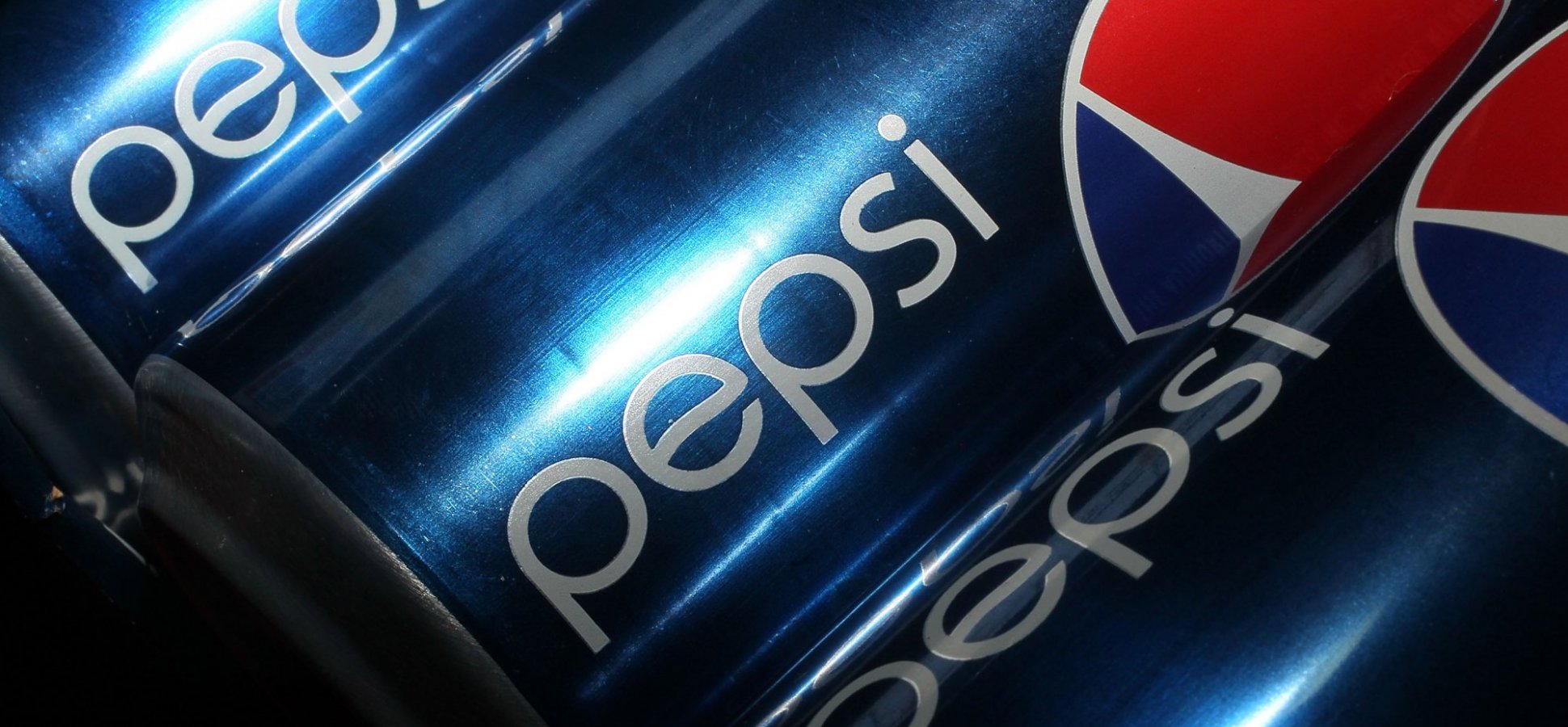PepsiCo is in the process of building out an in-house team dedicated to bridging data with media planning in anticipation of the company’s “data-driven future”, The Drum has learned.
The North American outfit will be known internally as the media and consumer data team. It comes with a remit of bringing together the “science of data with media insights and activation” and shaping the beverage company’s core digital media and adtech strategies, according to postings on its jobs site.
The company has been recruiting roles in the fields of CRM, digital, data management, shopper marketing and AdTech.
The latter’s roles, in particular, will be crucial to implementing the company’s refreshed approach to digital media buying. Pepsi is looking to create and implement a new adtech strategy, inclusive of first party, third party, social, and connected partner data.
The new adtech vision will see an in-house team sit at the core and work with external vendors.
Execs within this function will also be expected to launch internal marketing initiatives to “build awareness and adoption of the adtech” within the company. PepsiCo is set to recruit for the first time an adtech senior analyst and an adtech lead.
The team will be headed up by Mike Scafidi, the company’s director of marketing technology and data strategy. The Razorfish veteran took up the role in October 2018 after leading PepsiCo’s ‘data accelerator’ for nearly two years.
Scafidi stated his new function will “be working every day to drive the organization’s data-driven future”.
The company unveiled an in-house ‘augmented intelligence’ tech dubbed Ada last year, in partnership with automated marketing platform Zappi. It hopes the AI will allow for a more seamless processing of its data in order to better inform marketing, pricing and sales decisions internally.
Outside of North America, PepsiCo has been putting more pressure on its media agencies to deliver stronger online media results through innovation. It recently partnered with Mindshare in APAC to test a blockchain programmatic alliance, which resulted in a 28% uplift in the efficiency of viewable impressions through the deployment of ‘smart contracts’.
PepsiCo has slowly been bringing its marketing functions in-house for some time. Back in 2015, its president at the time, Brad Jakeman, predicted “the agency model is not going to bend, it’s going to break” and warned agencies they would be getting a “smaller and smaller share of the pie”.
It has since pulled its core social media teams in-house and recently ended its relationship with VMLY&R, which had run its digital accounts for Gatorade and Tropicana for the best part of eight years.
The company’s in-house creative team, Creators League Studio, was famously responsible for the disastrous 2017 release of a spot featuring Kendall Jenner.
However, it recently tapped Goodby Silverstein & Partners for its 2019 Super Bowl spot.
Pepsi did not respond to The Drum’s requests for comment.



